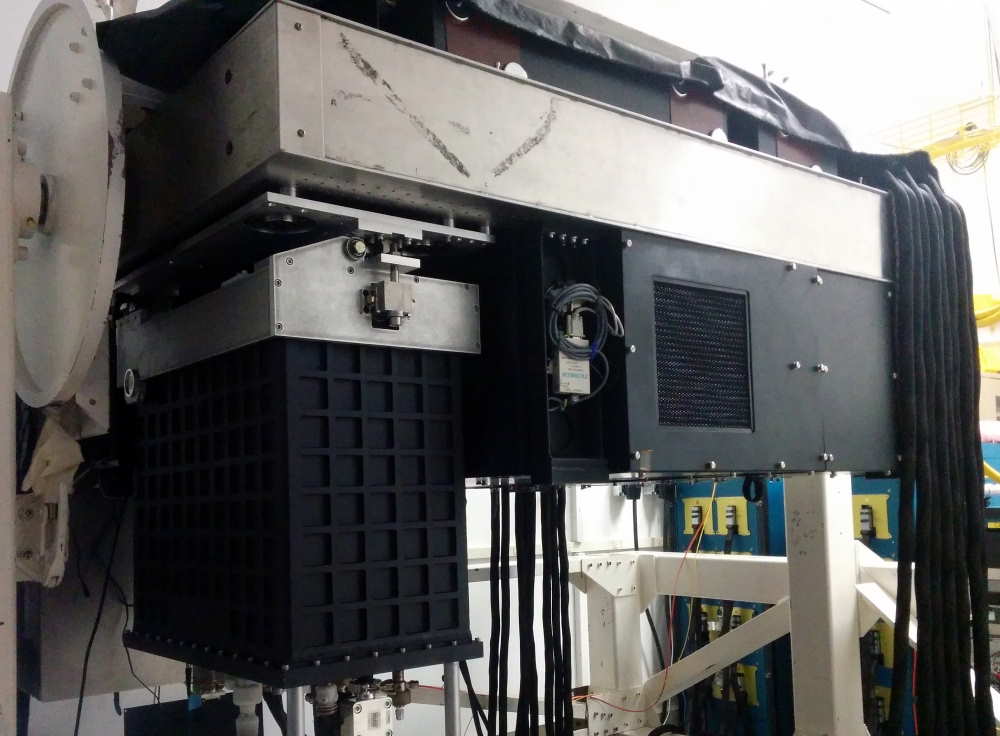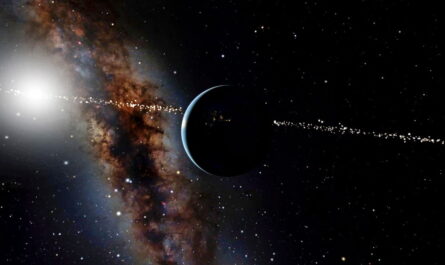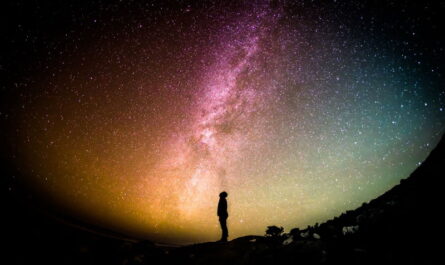Hunting for exoplanets is tough and researchers need all the help they can get.
That’s why a new camera which can distinguish a planet’s light from its star could prove to be a major step forward in the hunt for habitable exoplanets.
The technology has been created by an international team of physicists and astronomers, led by led by UC Santa Barbara physicist Benjamin Mazin.
The device, named DARKNESS (the DARK-speckle Near-infrared Energy-resolved Superconducting Spectrophotometer) is described as the world’s largest and most advanced superconducting camera.
Its 10,000-pixel integral field spectrograph can take the equivalent of thousands of frames per second and has been specifically designed for the 200-inch Hale telescope at the Palomar Observatory just outside San Diego.
It has the ability to eliminate any read noise or dark current, and determine the wavelength and arrival time of every photon meaning it can detect exoplanets that are much fainter than many scientists have found so far.
Mr Mazin said: ““We hope to approach the photon noise limit, which will give us contrast ratios close to 10-8, allowing us to see planets 100 million times fainter than the star.
“At those contrast levels, we can see some planets in reflected light, which opens up a whole new domain of planets to explore.
“The really exciting thing is that this is a technology pathfinder for the next generation of telescopes.”




